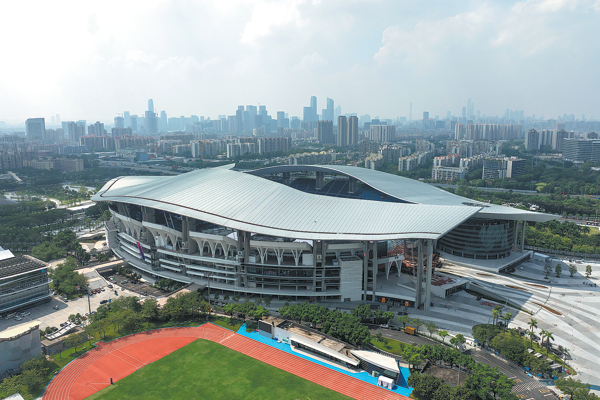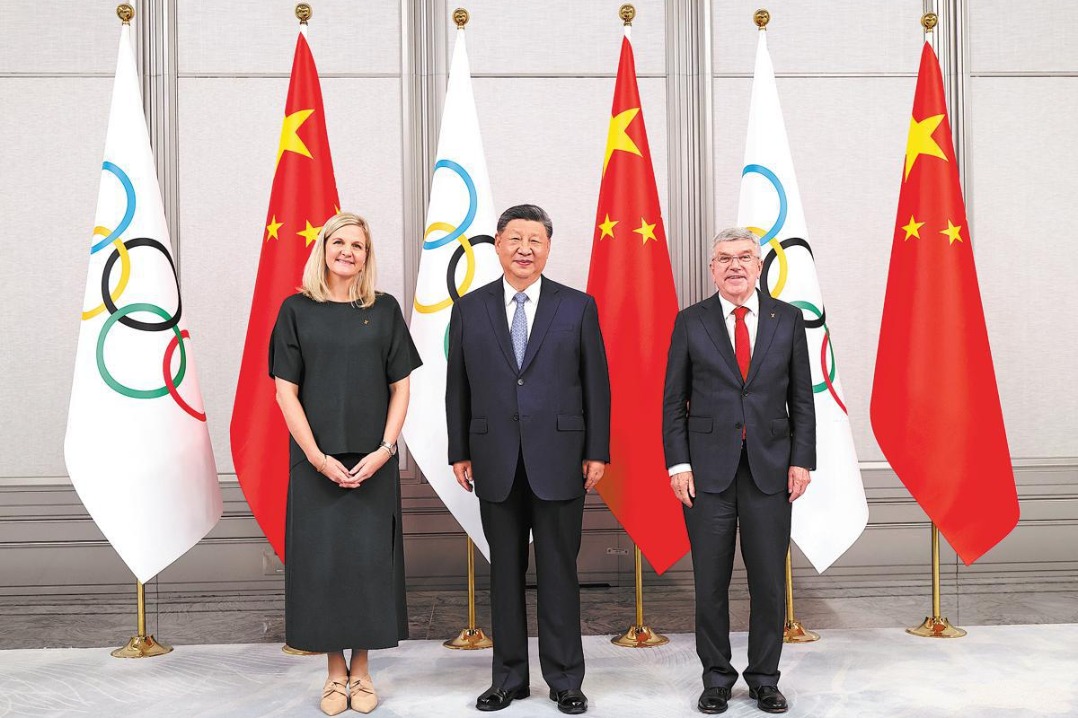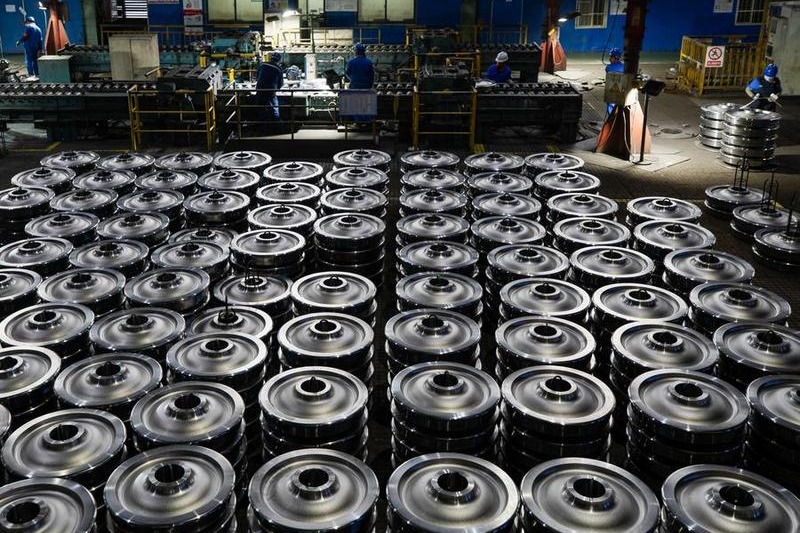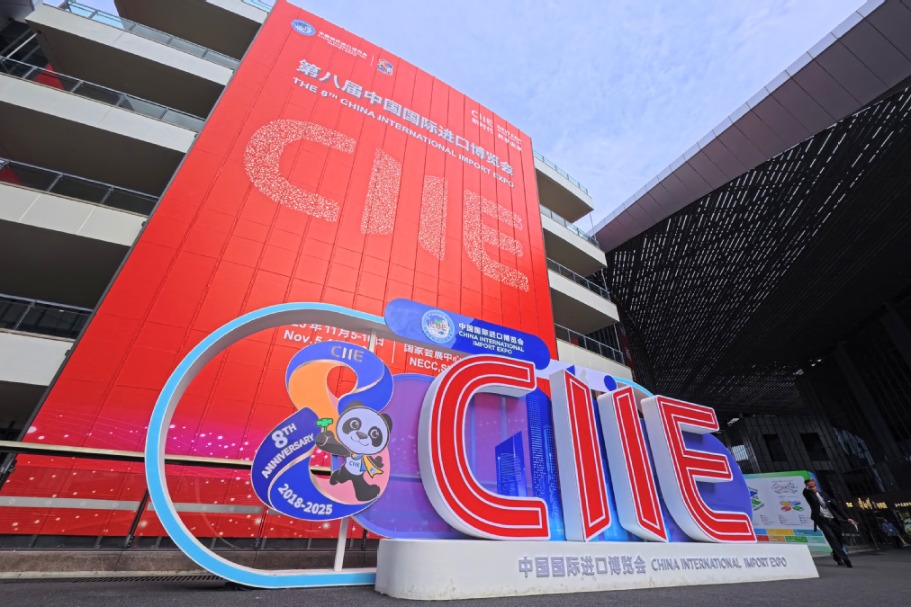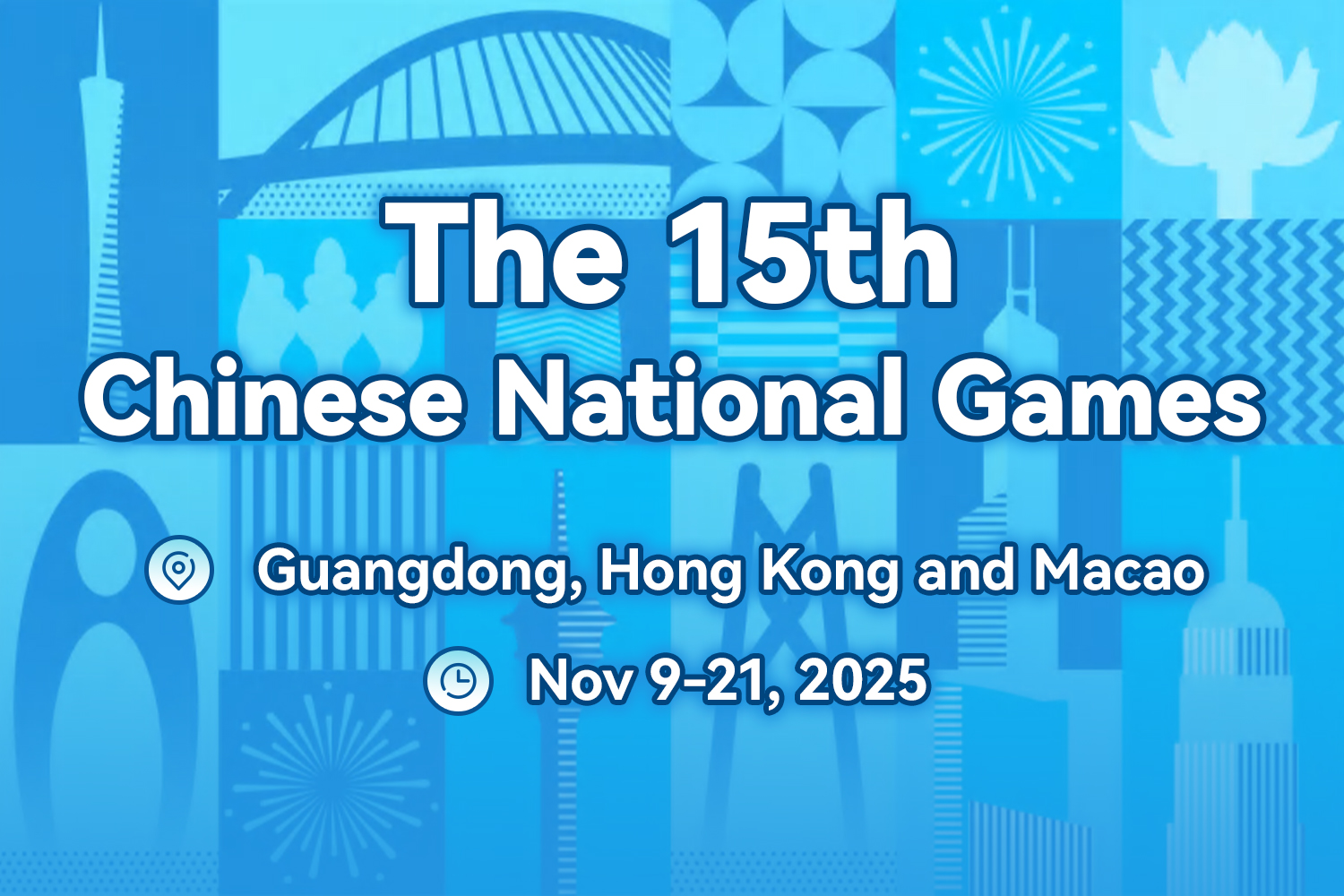Constant effort pays dividends in virus fight

On Jan 26, biomedical expert Chen Wei led a team of military medical experts from the Academy of Military Sciences to go on a trip to Wuhan, capital of Hubei province, the hardest-hit Chinese city in the COVID-19 pandemic.
They worked day and night to build a platform for nucleic acid testing, antibody screening and multiple-pathogen detection and conduct research on the regularity of COVID-19 on the front line to provide important support for scientific prevention and control of the pandemic.
When they arrived in Wuhan, they were facing the urgent need to raise the daily detection ability for nucleic acid tests. The team decided to take the vaccine as their main direction. At the same time, they carried out other work, including detection and contact tracing, sample collection and aerosol detection.
"Each sample vessel that looks cold represents a fresh life. The earlier a test result can get out, the earlier can a more accurate screening be conducted," said researcher Jiang Tao, according to a report by the Xinhua News Agency.
Jiang has been to Africa four times to help pandemic prevention and control. In Wuhan, he led the team to work around the clock.
The team used the fully automatic nucleic acid extraction platform that they built on their own and the academy's independently-developed test kit to achieve a daily detection ability for nucleic acid tests of over 1,000 samples.
To ensure the process of biosafety, detection efficiency and accuracy, the experts continuously perfected their workflow and detection plan.
Associate researcher Zhang Xiaopeng led his colleagues to build a fully automatic antibody detection platform which effectively raised the accuracy of clinical diagnosis for COVID-19 patients during the window period.
A laboratory was set up in the infection disease ward. According to associate researcher Zhang Ke, who was responsible for scientific research management, a close distance between detection and the clinic can evaluate treatment promptly.
Qi Jiancheng and Zhang Zongxing were responsible for equipment support. Qi led his team to build a negative pressure shelter for the pathological study in only five days. Zhang stayed in Huoshenshan Hospital to oversee the pathological study.
In early February, whether the novel coronavirus could transmit through respiratory droplets became a public focus. Researcher Cao Cheng and his team entered Jinyintan Hospital to collect aerosol samples.
They went to all corners to collect samples, from the outpatient department to medicine examination department, and even the ICU wards that accommodated severe COVID-19 patients.
In the ICU ward, when a patient was under tracheal intubation, the specialists collected air samples within a short distance.
The firsthand aerosol test data provided the basis for setting prevention measures for clinical medical workers and reduction of infection rates.
To gather more general research data, the team visited Huoshenshan Hospital, Taikang Tongji (Wuhan) Hospital and many temporary cabin hospitals for sampling multiple times. Each visit lasted over six hours.
Researcher Cao Wuchun, deputy director of the military expert team, told Xinhua: "The spots to collect samples included bedsides of patients, the water heater and microwave oven the patients used, sometimes they need to lie next to the toilet to sample the excreta."
Cao said the experts had no complaint about the intensive work.
Chen, also an academician of Chinese Academy of Engineering, said China must have its own independently-developed COVID-19 vaccine. She led her team to start research in Wuhan and when the team returned, they continued to develop the vaccine together day and night.
Researcher Chi Xiangyang, Zhang Mengyao and Dong Yunzhu worked together in a tent laboratory for over 100 days. They were getting used to seeing dark circles round their eyes and hair loss.
From the study of vaccinology and pharmacodynamics to the vaccine design to the construction of the recombinant vaccine strain, the team fought the virus against time.
The vaccine finally came out. On March 16, the phase one clinical trial of the vaccine started, which was the first to enter first-stage clinical trials in China.
It uses a weakened common cold virus to introduce genetic material from the novel coronavirus into the human body and train the body to produce antibodies that can fight off the virus.
On April 12, phase two clinical trial started, which was the first to begin second-stage trials worldwide.
Four months later, China granted its first COVID-19 vaccine patent to the vaccine, dubbed "Ad5-nCoV", which was developed by Chen's team and Chinese biotech company CanSino Biologics.
Chen and her team have been conducting the phase three clinical trials overseas. According to The Moscow Times, recruits in Moscow have reported no side effects after taking this candidate coronavirus vaccine as part of large-scale clinical trials.
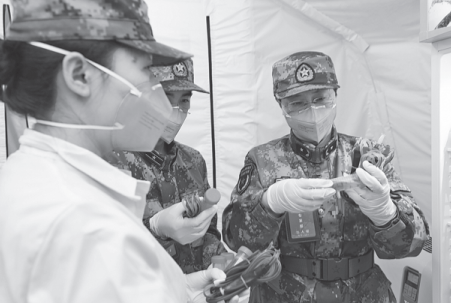
Today's Top News
- Xi congratulates Ouattara on re-election as president of Cote d'Ivoire
- Supercarrier to be put through paces
- Game changers for China's sports industry
- EU should not give platform to 'Taiwan independence' separatists
- Nation drives global energy transition
- Tariff-troubled US fears not-so-happy holidays

















